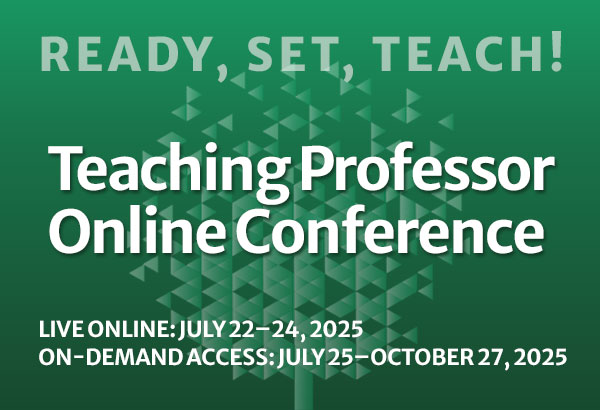Should Student Effort Count?
We’ve all had conversations with students who want effort counted in their grade: “But I tried so hard … I studied for hours … I am really working in this course.” The question is, should effort count? Less commonly asked, however, is whether it should count in both directions. Students want effort to count when they try hard but their performance doesn’t show it. But what about when an excellent performance results without much effort? Should this lack of effort lower the grade? Beyond these theoretical questions are the pragmatic ones: Can effort be measured fairly, objectively? If so, what criteria are used to assess it?



